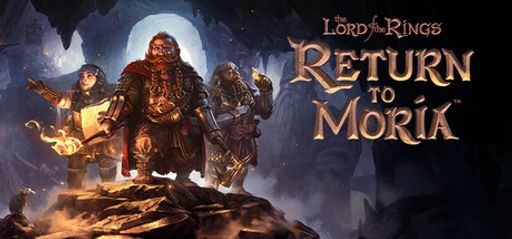The Lord of the Rings: Return to Moria. I love complex survival crafting games that offer real challenge. So when Free Range Games and North Beach Games dropped us into the Fourth Age of Middle-earth, expectations ran high. Here’s my in-depth review.
Overall Impressions
Right from the start, the game wowed me with its epic goal: reclaiming Moria with up to eight players. Thanks to procedurally generated caverns and open biomes, each run feels new. The crafting depth reminded me of hits like Valheim and Conan Exiles. However, construction tools still need work. Collision detection often gets in the way, and building a simple rope ladder platform once took me ten frustrating minutes. Still, the scale and connection to Tolkien’s lore shine through. The “Very Positive” reviews suggest a strong base. With the right improvements, this could become a top survival crafting title.
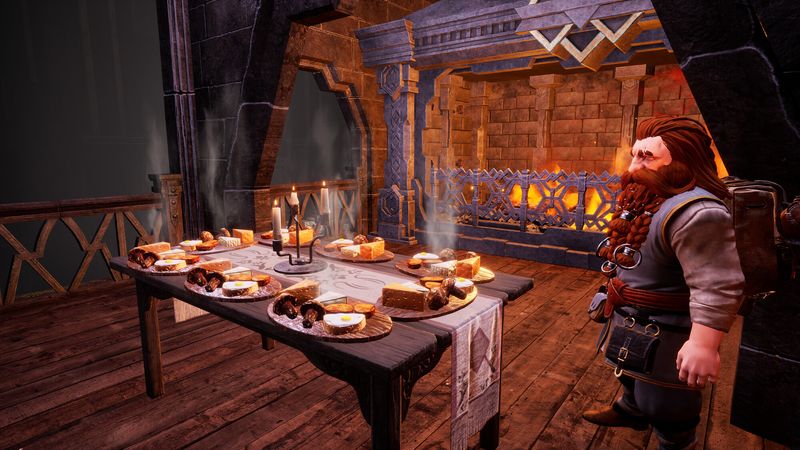
Gameplay Mechanics
At its core, the loop is all about building and crafting. You gather ore, forge powerful armor, and grow your dwarven base—all of which feel rewarding. I especially liked the steady sense of progress as my items and base got stronger. Exploring new areas paid off with rare schematics and masterwork gear.
Combat stands out by focusing on timing instead of button-mashing. Light attacks, parries, and dodges have weight. That said, there’s room for improvement. Enemy types repeat too often, and ranged combat needs fixing. Bow aiming is unreliable—arrows drop sharply, and third-person view blocks your aim. Switching to first-person helps. Thankfully, Free Range Games plans a version 1.1 patch to fix aiming and arrow physics based on player feedback—a great sign of their support.
As for construction, it still feels rough. Platforms snap unpredictably, and the “supported” icon can be misleading. I lost two rope ladders because of hidden physics issues. A grid-lock or wall-snap option would fix a lot of this. Also, energy and hunger drain too fast. I had to warp back to base often instead of exploring or fighting. While buffs scale nicely with totems and gold, their effects feel weak. Drinking mushrooms to fight exhaustion becomes a chore fast. Small changes here could greatly improve the pacing.
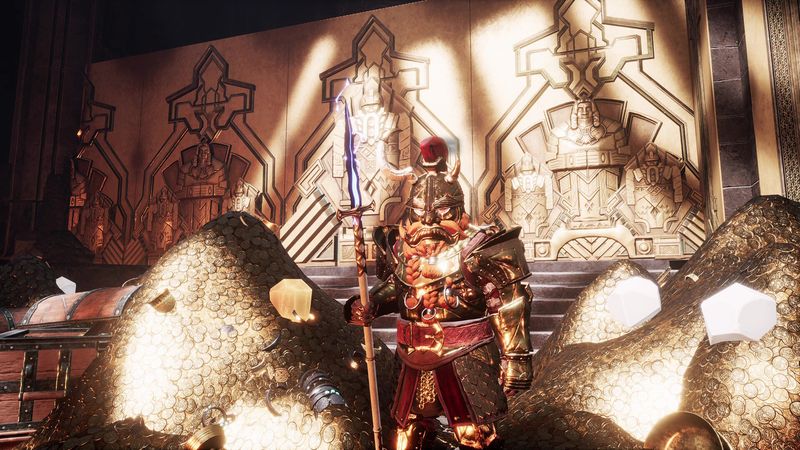
Story and Characters
The story excels in world-building. Early on, a raven companion introduces the plot and hints at others surviving. As you mine deeper, dwarves whisper about their past, adding layers to the journey. Little touches—like Gandalf’s hat sitting in a ruined hall—are a treat for fans. The story ties into base upgrades, pushing you to keep exploring.
Still, I wished for more character interaction. A few friendly dwarves trading or singing around campfires would make the world feel more alive. Many Steam players suggest adding these kinds of townsfolk. Hopefully, the devs follow through on that feedback.
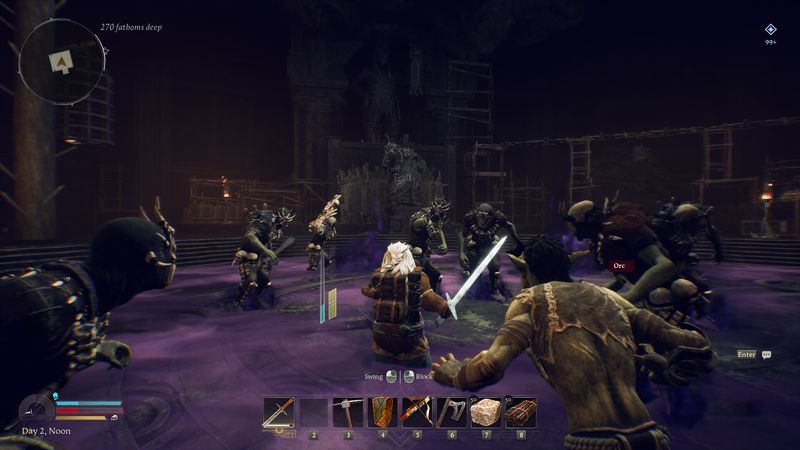
Visuals and Graphics
Thanks to Unreal Engine 5, the visuals are sharp and detailed. Biomes range from mossy caves to glowing crystal halls. The surface zones are just as beautiful, with forests, hills, and snowy peaks. The art direction nails the classic dwarven look. Flags ripple in underground drafts, and materials feel heavy and real. Draw distance performs well outdoors, although occasional pop-in still needs fixing. Fortunately, these issues rarely break immersion.
Sound and Music
From the moment you enter deep caverns, a haunting dwarven chant sets the tone. Garry Schyman’s soundtrack perfectly blends tension with wonder. Environmental sounds like wind in tunnels or hammer strikes at an anvil pull you deeper into the experience. Enemy growls echo through halls, and dwarves hum quietly at shared tables. Voice acting is light but effective—gravelly dwarf voices add charm without going over the top. I found myself turning the volume up to enjoy the ambiance more fully.

Difficulty and Replayability
Difficulty grows with gear tiers and deeper regions. Early areas offer a gentle challenge, while late-game zones bring fierce enemies. I once faced a cave troll that shattered my armor in seconds. Winning unlocked a new gear tier, but I couldn’t refight that troll—which felt like a missed chance. Respawnable bosses would help with that.
Still, options like permadeath and difficulty sliders let you shape your adventure. Co-op makes each session unique. Teams come up with their own base defense strategies and resource priorities.
Since levels are procedurally generated, no two runs are alike. Seasonal updates—like the Winter Solstice—bring themed items and decorations. The developer roadmap promises even more: new areas, better NPC interactions, and quality-of-life fixes. With those updates, this game could keep players engaged long-term.
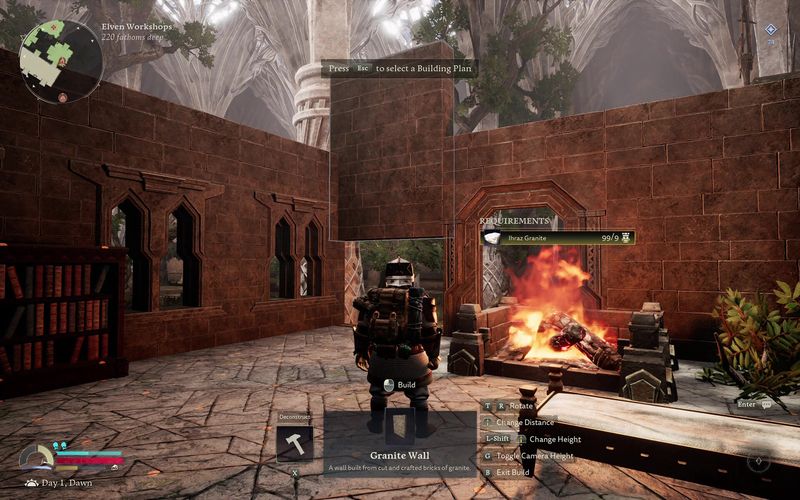
Trivia and Behind-the-Scenes
To bring The Lord of the Rings: Return to Moria to life, Free Range Games built the game using Unreal Engine 5—marking their most ambitious release so far. To stay faithful to the source material, they also teamed up with Tolkien scholars, ensuring that the story and world stayed true to Middle-earth’s lore. Meanwhile, North Beach Games paid special attention to sound design, even going as far as recording real hammer strikes in historic Welsh forges for added authenticity. In terms of support, the developers release patches about every three months, regularly addressing community feedback on issues like structure snapping and combat variety.
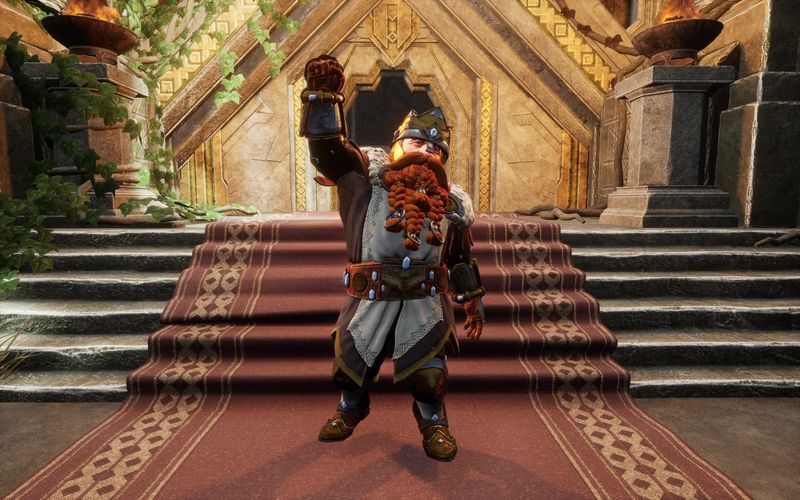
Final Thoughts
The Lord of the Rings: Return to Moria offers massive scale, deep crafting, and a truly dwarven vibe. It stumbles in a few areas—like building tools, limited enemy variety, and fast resource drain. But steady updates and strong dev communication give me hope. If you enjoy co-op adventures, building your dream base, and diving into Tolkien’s world, this is worth your time.
Rating: 3.5 out of 5 stars
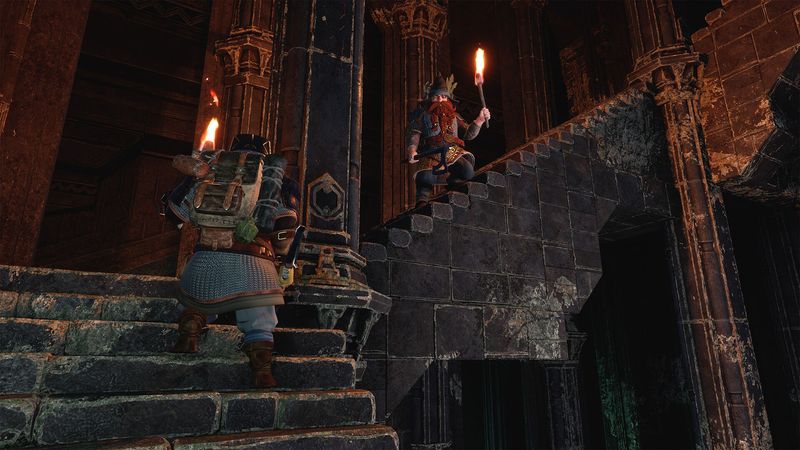
Strengths
This game impresses right away with an expansive world design that invites deep exploration, supported by authentic lore that enriches every corner of the journey. Moreover, players are drawn into a captivating environment brought to life through dynamic lighting effects, which further elevate immersion and visual storytelling. At its core, the experience thrives on a solid gameplay loop, keeping engagement high through well-paced progression and rewarding mechanics. As a result, these strengths come together to create a rich, atmospheric adventure that strongly appeals to fans of open-world storytelling and immersive gameplay.
Weaknesses
Despite its immersive strengths, the game presents opportunities for improvement that could significantly enhance overall gameplay. Structure placement sometimes lacks intuitive design, occasionally disrupting exploration flow and strategic building. Ranged combat mechanics could benefit from refinement to deliver more responsive and satisfying encounters. Additionally, the pacing of resource drain feels unbalanced. Potentially leading to player frustration during extended sessions. Addressing these issues would further solidify the game’s status as a top-tier immersive experience.
I’ll return to Moria, hammer ready, with every patch that drops. Once the rough edges are smoothed out, this will be a gem among survival crafting games.
Add The Lord of the Rings: Return to Moria to your Steam collection!

